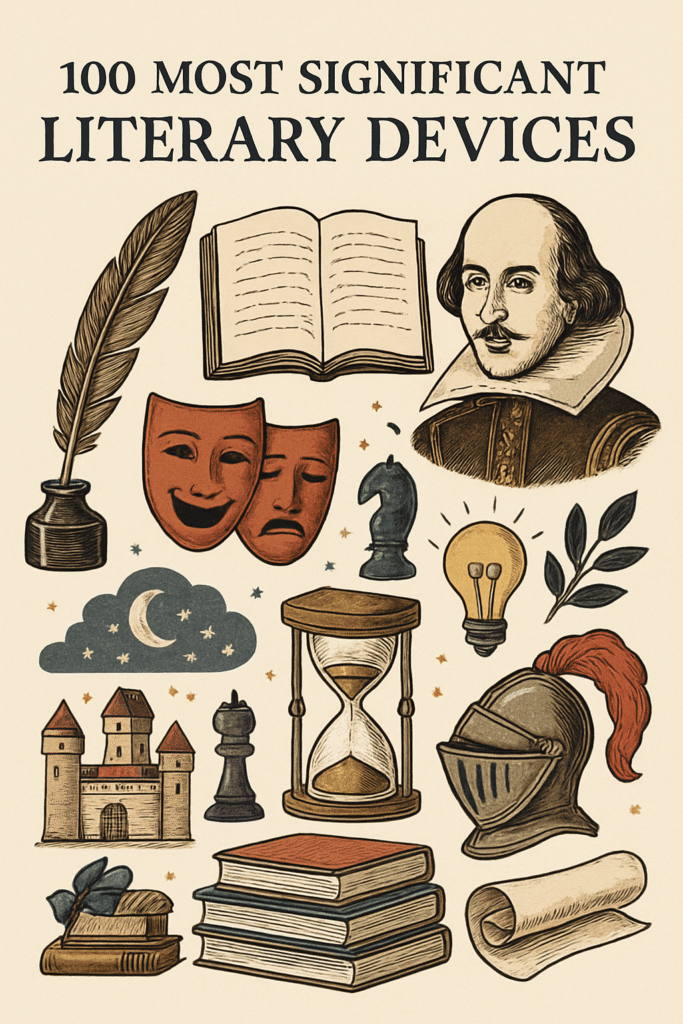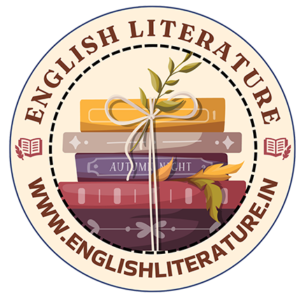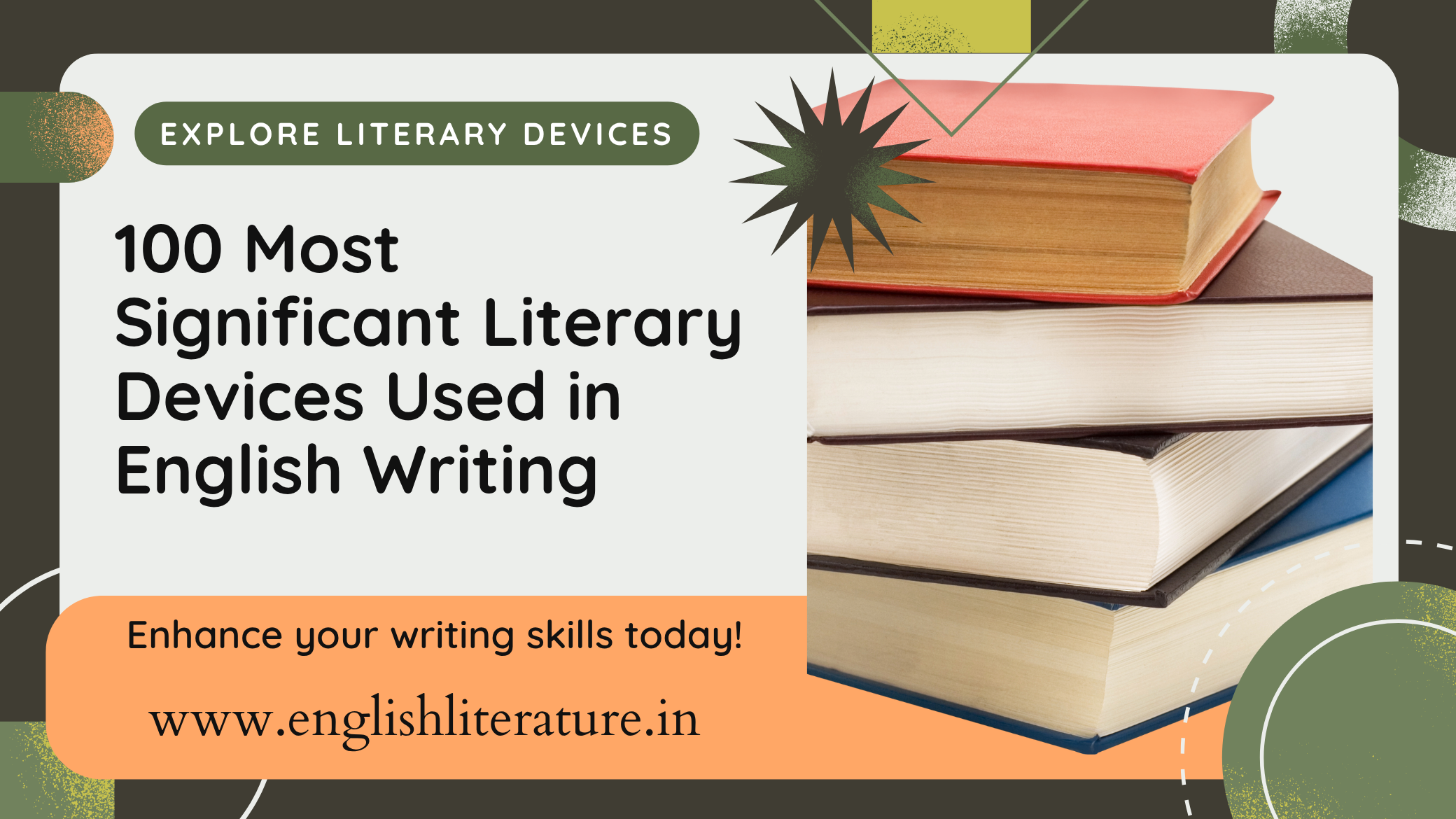100 Most Significant Literary Devices Used in English Writing
The art of English literature rests upon an intricate tapestry of techniques that enrich meaning, deepen emotion, and engage readers across centuries. From Shakespeare’s iconic metaphors to Toni Morrison’s haunting motifs, these devices shape storytelling and illuminate themes. This post explores 100 essential literary devices—each defined, exemplified, and situated in historical and critical context—empowering literature enthusiasts, students, and educators to recognize and employ them with confidence.
Introduction
Every great work of English literature—from the medieval allegory of Piers Plowman to contemporary novels like Beloved—relies on literary devices to breathe life into language. These techniques enable writers to convey abstract ideas, evoke sensory experiences, and reveal characters’ inner worlds. Understanding them not only enhances appreciation of canonical texts but also equips writers to “show, not tell,” crafting stories that resonate both intellectually and emotionally.
Historical and Critical Context
- Classical Roots (Antiquity–Renaissance)
Early rhetoric and poetics, articulated by Aristotle and Horace, laid the groundwork for devices like anaphora, metaphor, and irony, which flourished in Shakespeare, Spenser, and Milton. - Romantic to Victorian (18th–19th Centuries)
Emphasis on emotion and nature gave rise to heightened imagery, personification, and euphony in Wordsworth, Shelley, and Tennyson. - Modernism to Postmodernism (20th Century–Present)
Experimentation with stream of consciousness, fragmented chronology, and metafictional techniques characterizes Joyce, Woolf, and Pynchon, while postcolonial voices employ allusion, iron y, and intertextuality to critique power and history.

Notable Authors and Works
| Author | Representative Device(s) | Work |
|---|---|---|
| William Shakespeare | Metaphor, Oxymoron, Dramatic Irony | Romeo and Juliet |
| Geoffrey Chaucer | Satire, Alliteration, Frame Story | The Canterbury Tales |
| Jane Austen | Free Indirect Discourse, Irony, Zeugma | Pride and Prejudice |
| Charles Dickens | Rhetorical Question, Simile, Motif | A Tale of Two Cities |
| Virginia Woolf | Stream of Consciousness, Symbolism | Mrs Dalloway |
| James Joyce | Symbolism, Epiphany, Epithet | A Portrait of the Artist… |
| Toni Morrison | Motif, Flashback, Anaphora | Beloved |
| George Orwell | Allegory, Paradox, Dystopian Irony | Animal Farm |
Organized by Technique
1. Sound and Rhythm
Alliteration – Assonance – Consonance – Cacophony – Euphony – Onomatopoeia – Polysyndeton – Asyndeton
2. Figurative Language
Metaphor – Simile – Personification – Zoomorphism – Anthropomorphism – Hyperbole – Litotes – Meiosis
3. Structural and Narrative Devices
Anaphora – Epistrophe – Chiasmus – Parallelism – Antithesis – Repetition – Epizeuxis – Eutrepismus
Flashback – Foreshadowing – In Medias Res – Frame Story – Deus Ex Machina – Cliffhanger
4. Rhetorical and Persuasive Techniques
Rhetorical Question – Hypophora – Apophasis – Aporia – Irony (Dramatic, Situational, Verbal) – Sarcasm – Satire – Parody
5. Syntax and Diction
Diction – Tone – Mood – Parenthesis – Hypotaxis – Parataxis – Anastrophe – Tmesis
6. Imagery and Symbolism
Imagery – Symbolism – Motif – Archetype – Pathetic Fallacy – Synesthesia
7. Wordplay and Sound Manipulation
Pun – Malapropism – Spoonerism – Portmanteau – Palindrome – Anagram – Synecdoche – Metonymy – Zeugma
8. Meta and Intertextual Devices
Metafiction – Intertextuality – Allusion – Epigraph – Paradox – Oxymoron – Paraprosdokian – Non Sequitur
Key Themes and Analysis
- Identity and Self
Devices such as free indirect discourse, soliloquy, and stream of consciousness grant intimate access to characters’ psyches (e.g., Clarissa Dalloway’s internal monologue). - Power and Society
Satire, allegory, and irony enable authors to critique institutions—from Swift’s Gulliver’s Travels to Orwell’s 1984. - Love and Loss
Metaphor, symbolism, and repetition intensify emotional stakes, as seen in Shakespeare’s sonnets and Eliot’s elegiac verses. - Nature and Transcendence
Imagery, euphony, and pathetic fallacy evoke the sublime in Romantic poetry. - Memory and History
Flashback, motif, and epigraph structure narratives around fragmented recollections, central to Proust and Morrison.
Quotes from Critics and Primary Texts
“All the world’s a stage,
And all the men and women merely players.”
Shakespeare’s masterful metaphor in As You Like It exemplifies how characters enact universal roles.
“There is no greater agony than bearing an untold story inside you.”
Maya Angelou’s evocative metaphor underscores the imperative of narrative voice.
Harold Bloom on intertextuality:
“Every text is an anticipation of readings yet to come.”
FAQ
1. What’s the difference between a literary device and a literary element?
A device refers to techniques (e.g., metaphor, irony) used at the micro level; a literary element (e.g., theme, plot) denotes structural components of a work.
2. How do I identify symbolism in a text?
Look for repeated motifs or objects that accrue deeper meaning beyond their literal description (e.g., Gatsby’s green light as aspiration).
3. Can a device serve multiple functions?
Yes. Alliteration enhances both euphony and thematic emphasis; anaphora heightens rhythm and underscores key ideas.
4. Which device is most common in poetry?
Imagery and meter (sound patterns via alliteration, assonance, cacophony, etc.) dominate poetic form.
5. Why is irony so prevalent in modern literature?
Irony enables critique of societal contradictions and deepens thematic complexity, resonating with contemporary readers’ awareness of ambiguity.
6. How can writers use devices without overwriting?
Apply them organically: each device must serve narrative or thematic aims, rather than appear gratuitous.
7. What role does diction play in character analysis?
An author’s word choice reveals social status, education, and personality; contrasting diction between characters can highlight conflicts and relationships.
8. Is an oxymoron the same as paradox?
Not exactly. An oxymoron is a two-word contradiction (“sweet sorrow”), whereas a paradox is a longer statement that at first seems impossible yet conveys truth.
9. How can students remember so many devices?
Group them by category (e.g., sound, figures of speech, structure), practice exercises—such as identifying examples in favorite texts—and use mnemonic lists like this one.
Discover and experiment: every literary device offers a new lens through which to view texts and express ideas. Mastery of these techniques enriches both analysis and creation, strengthening the timeless dialogue between writer and reader.


I have recently started a web site, the info you provide on this website has helped me tremendously. Thank you for all of your time & work.